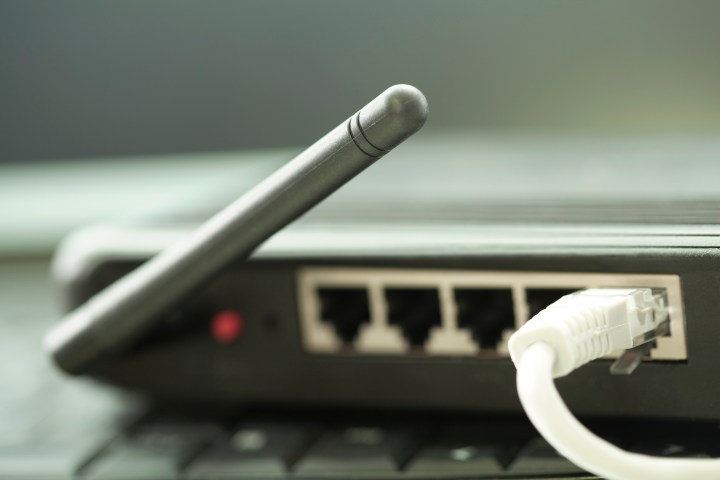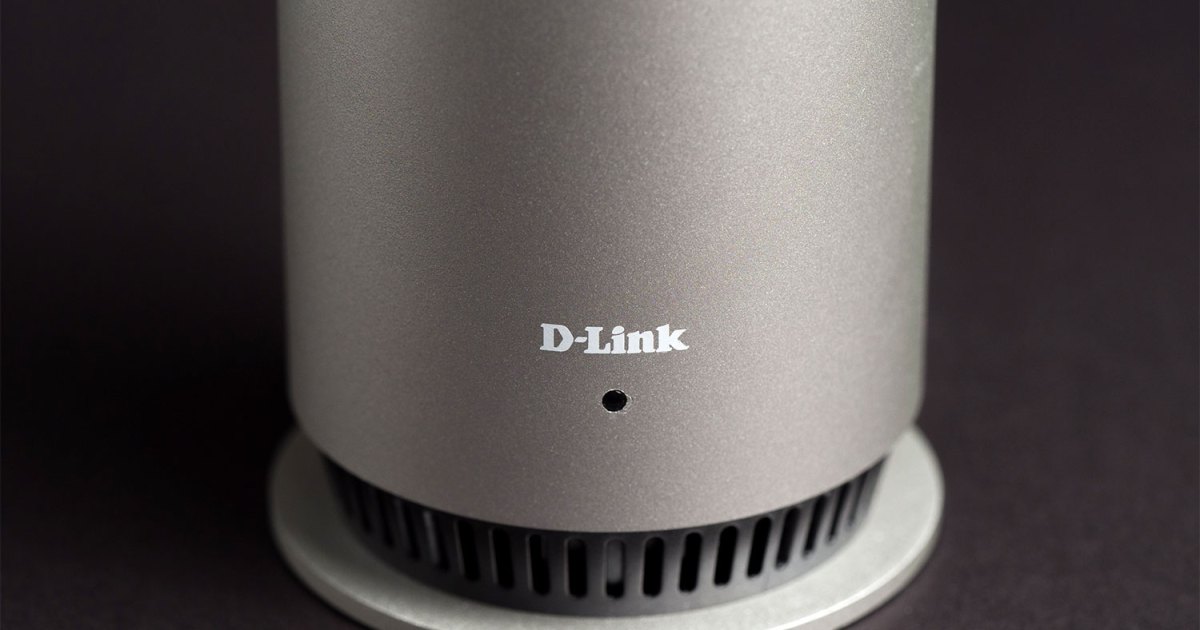D-Link has recently announced that several older router models are vulnerable to Remote Code Execution (RCE) attacks, leaving users at risk. The company has stated these routers have reached end-of-life and will not receive security updates to address the vulnerability, as detailed on their official announcement page.
 A Wi-Fi router with an ethernet cable plugged in.
A Wi-Fi router with an ethernet cable plugged in.
This vulnerability is a significant security concern, as it allows malicious actors to potentially gain control of affected routers remotely. The exploit utilizes a stack buffer overflow, which occurs when more data is sent to a buffer than it can handle. This can overwrite critical memory areas, including the return address, allowing hackers to execute malicious code and potentially take control of connected devices. D-Link has not provided specific details about the exploit mechanism, likely to prevent further exploitation.
Affected Router Models and Risks
The following D-Link router models are known to be affected by this vulnerability:
- DSR-150
- DSR-150N
- DSR-250
- DSR-250N
- DSR-500N
- DSR-1000N
Users with these routers are at increased risk of various cyber threats, including malware infections, data breaches, spyware installation, and denial-of-service (DoS) attacks.
D-Link’s Response and User Options
D-Link’s recommended solution is for users to replace their vulnerable routers with newer models. They offer a 20% discount on new routers, which can be a helpful incentive. However, this presents a challenge for some users, as four of the affected models were discontinued earlier this year. This further reinforces the “End of Support (EOS) / End of Life (EOL)” policy stated by D-Link, meaning no further support or development will be provided for these legacy devices.
 A close-up of a Wi-Fi router's ports.
A close-up of a Wi-Fi router's ports.
While some reports suggest the possibility of using third-party firmware on these routers, this is not an officially supported solution and may void any remaining warranty.
The Challenge of Legacy Device Security
This situation highlights the ongoing challenge of maintaining security for legacy devices. As technology advances, older hardware and software often become targets for cyberattacks due to the lack of ongoing security updates. While it is understandable that companies prioritize newer products, it also leaves users of older devices vulnerable.
Protecting Yourself from Router Vulnerabilities
While replacing the affected router is the best solution, users who cannot immediately upgrade should consider mitigating the risks by:
- Changing the default router password to a strong, unique password.
- Disabling remote management access to the router.
- Regularly checking for any unofficial firmware updates from trusted sources (proceed with caution and understand the risks involved).
- Ensuring all connected devices have up-to-date security software.
Ultimately, the most secure option is to upgrade to a new router that receives regular security updates. This ensures protection against the latest threats and provides optimal performance and features. Investing in a modern router is a crucial step in safeguarding your network and protecting your online activities.










